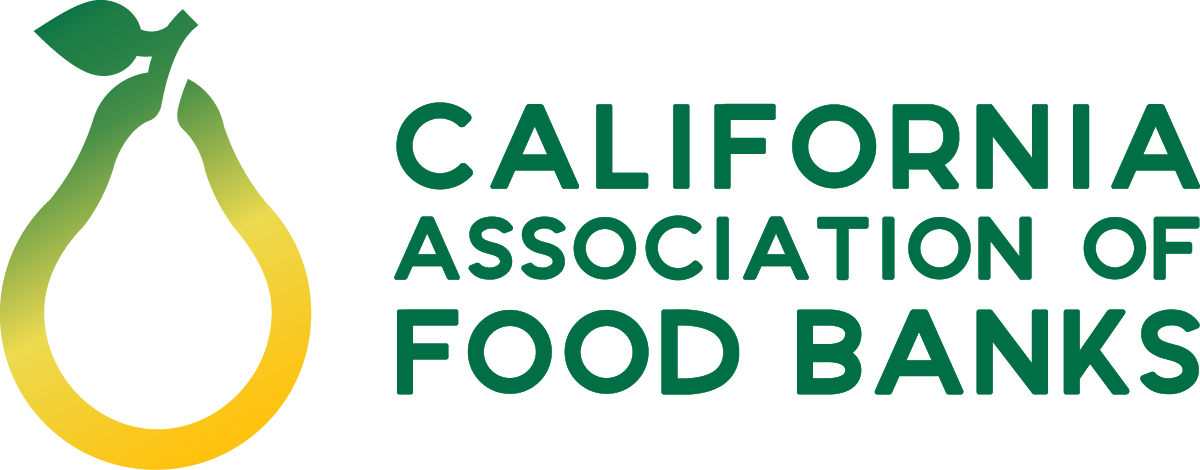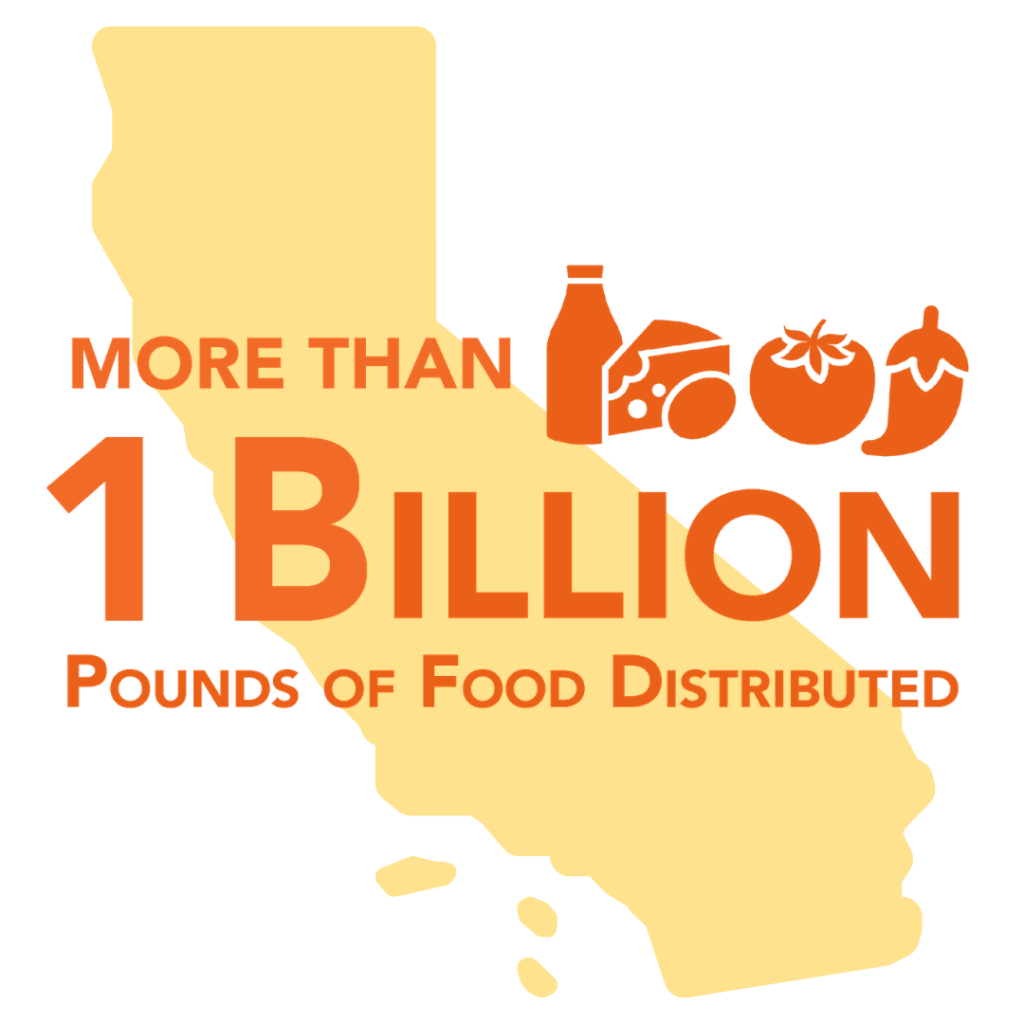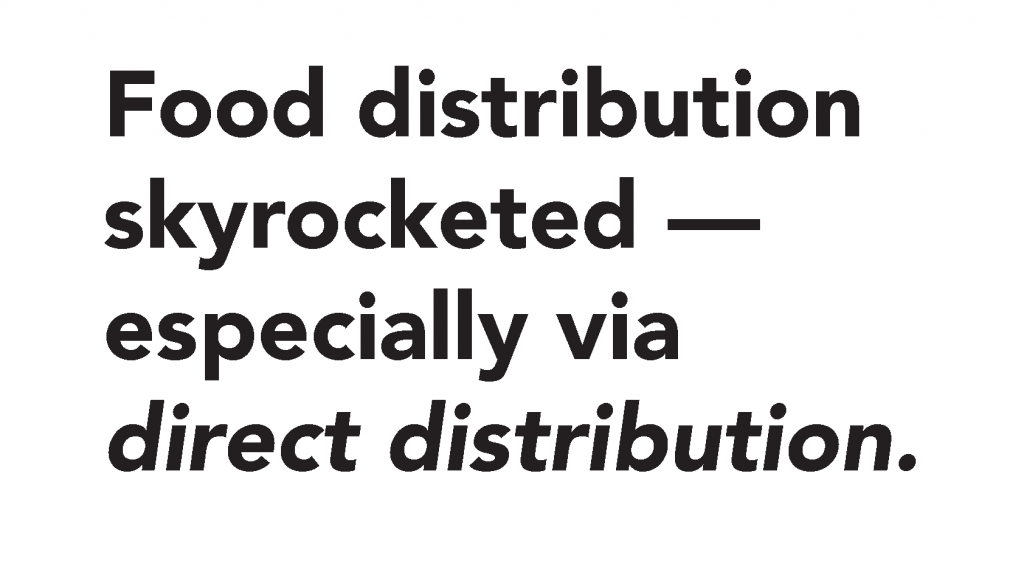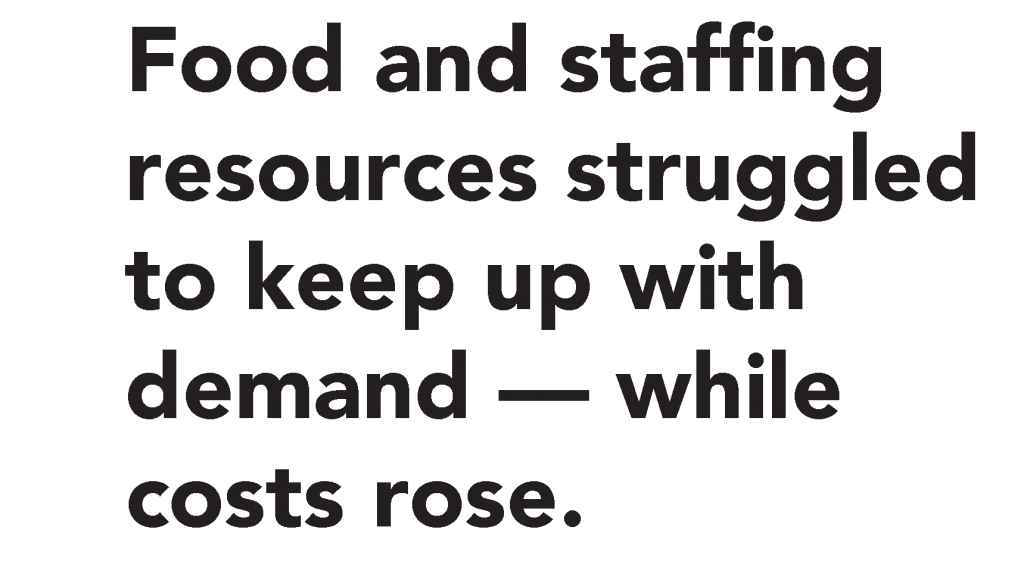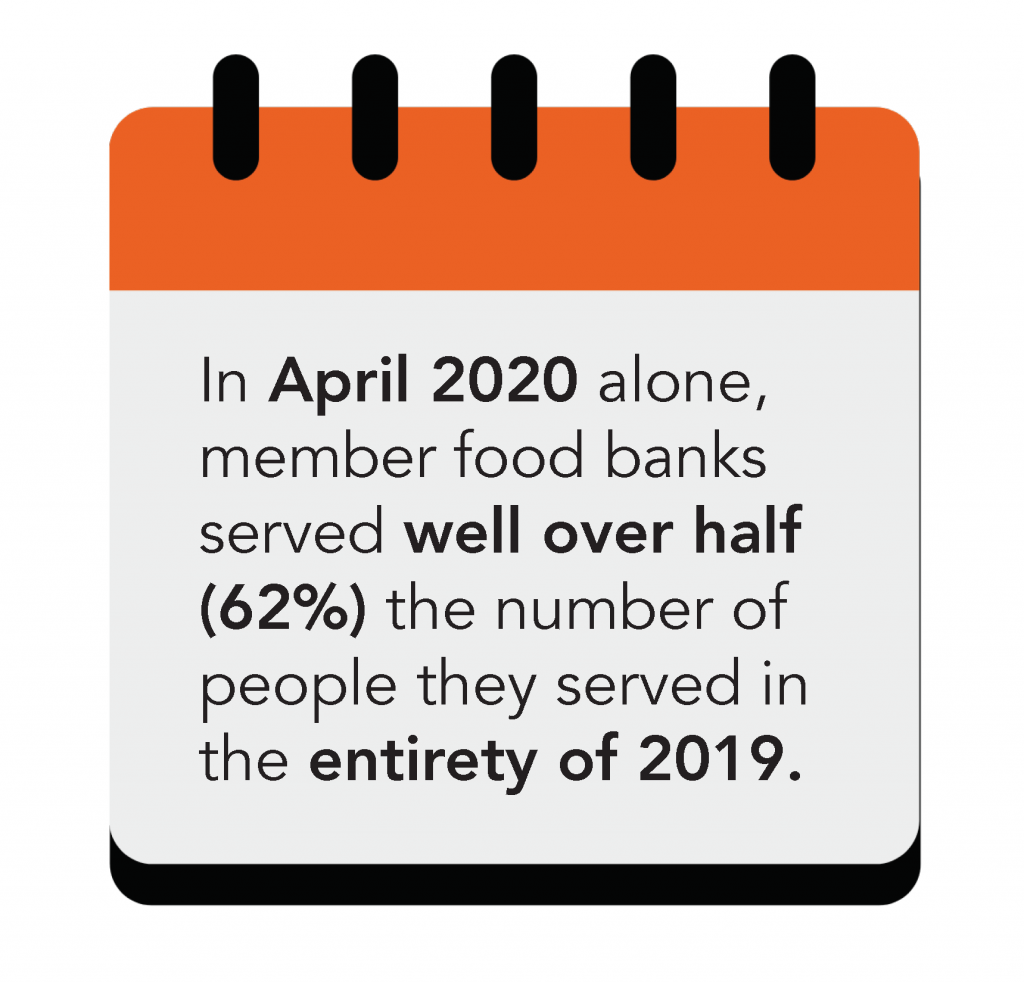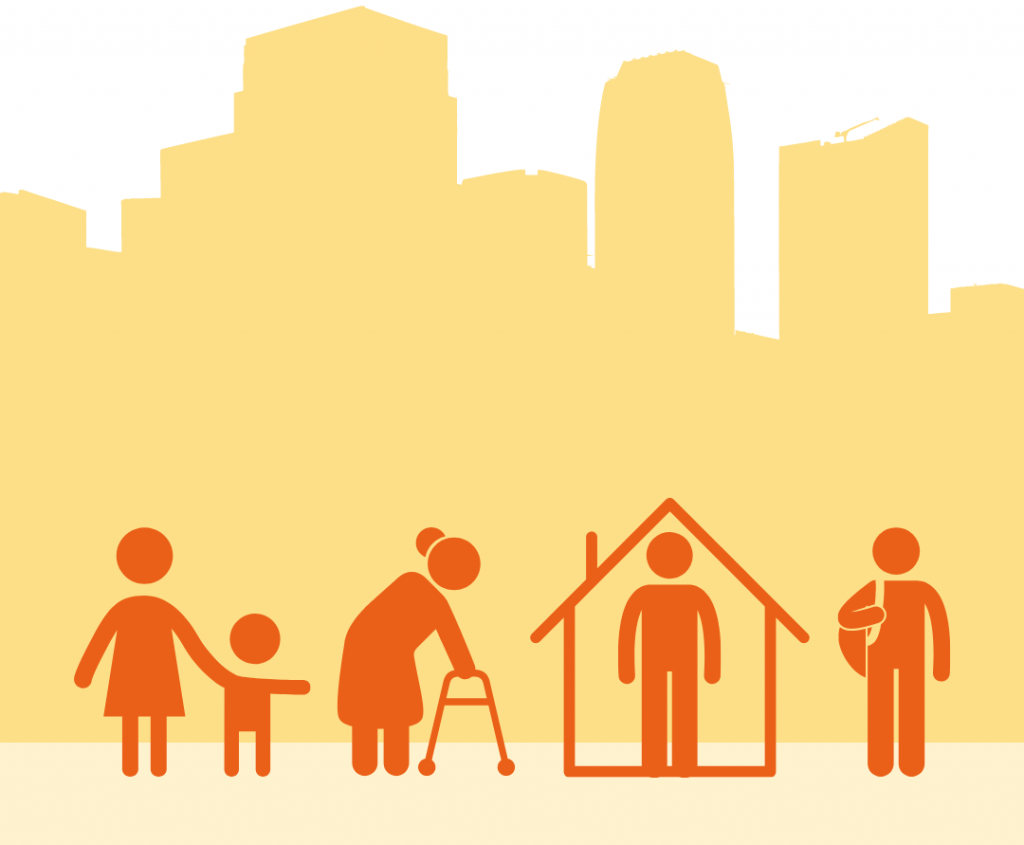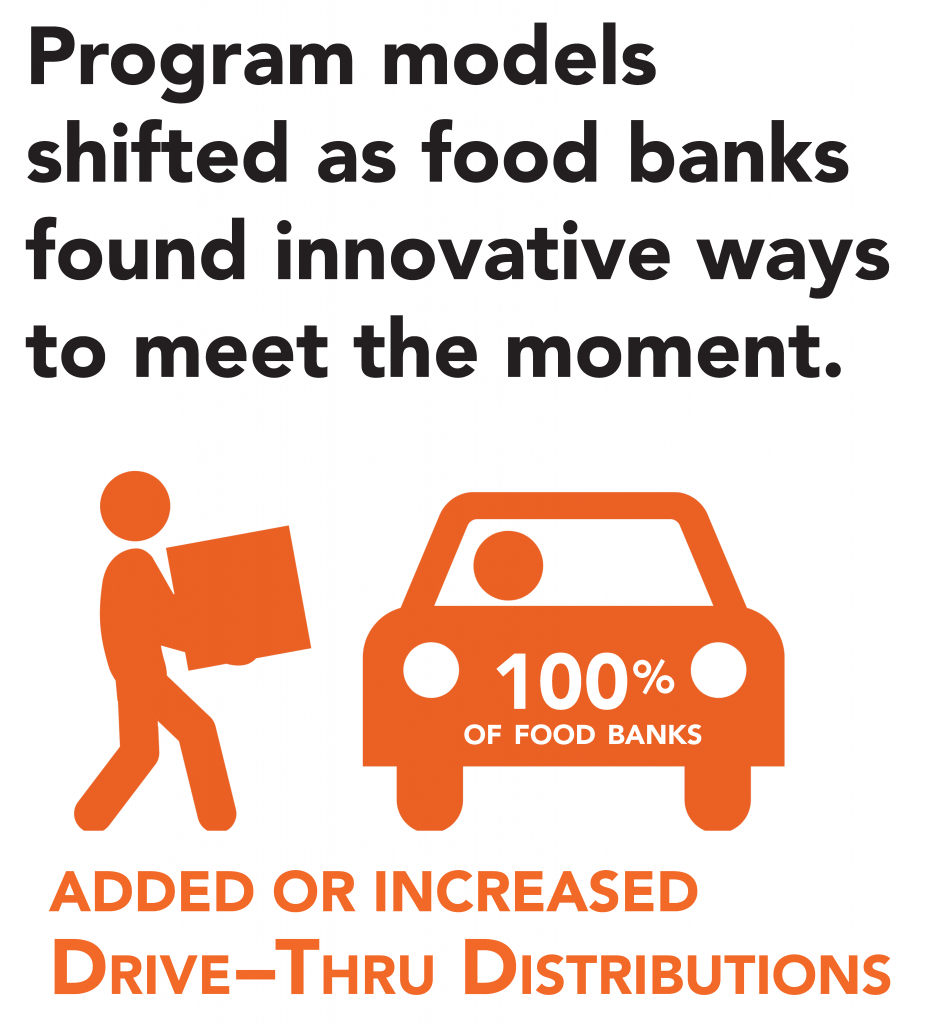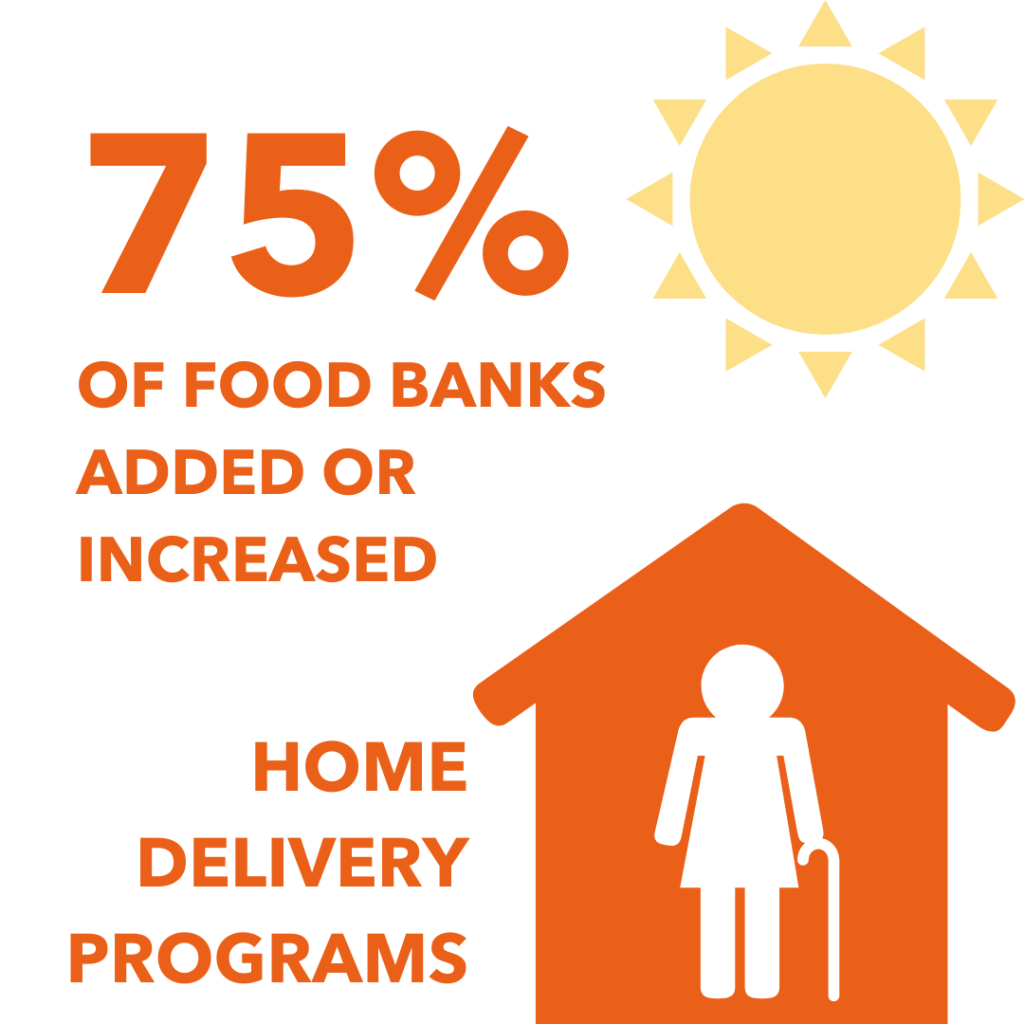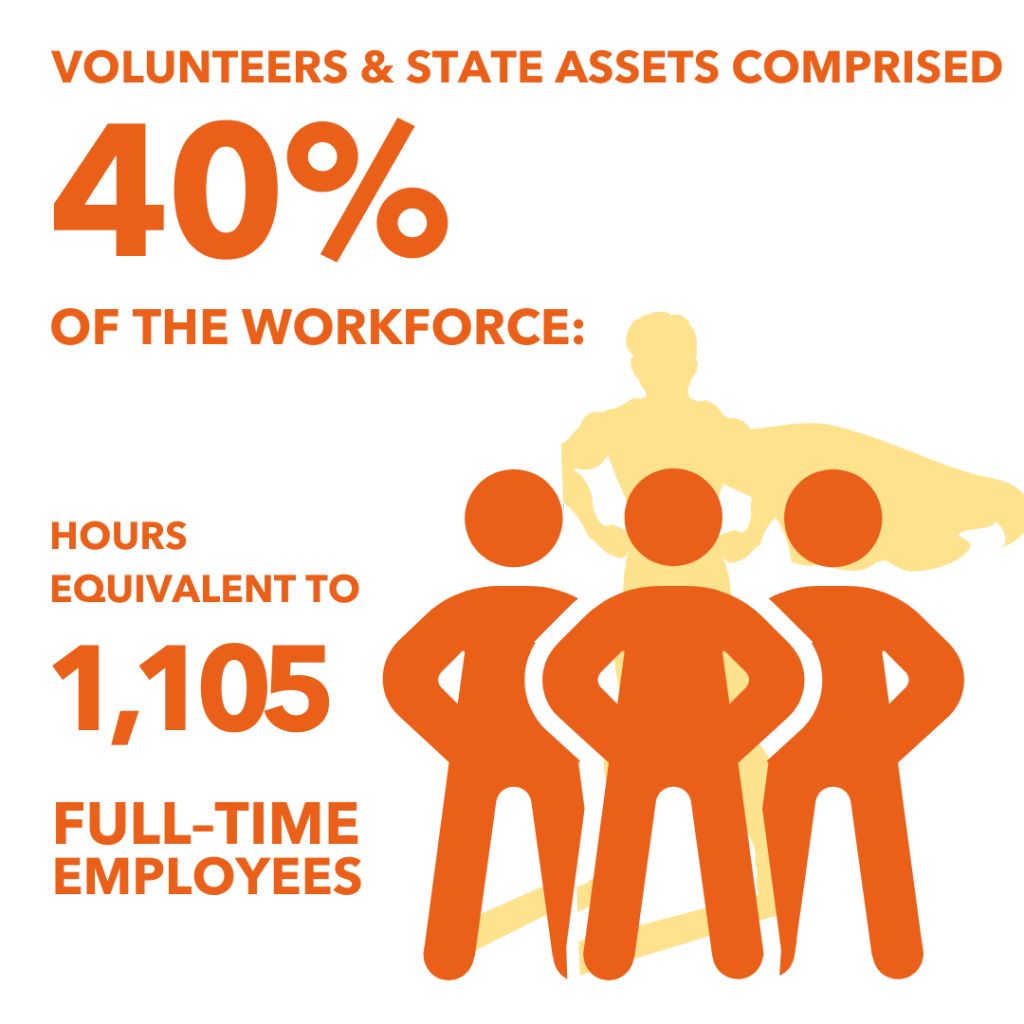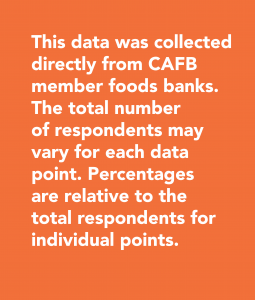In 2020, the California Association of Food Banks’ 41 member food banks responded to an unprecedented demand for food by rapidly redesigning their program delivery models in order to safely increase food distribution and adjust to necessary safety measures. Still, food donations and staffing resources were vastly outpaced by increased demand.
加州食物银行与 COVID-19 疫情
5 月 27, 2021
